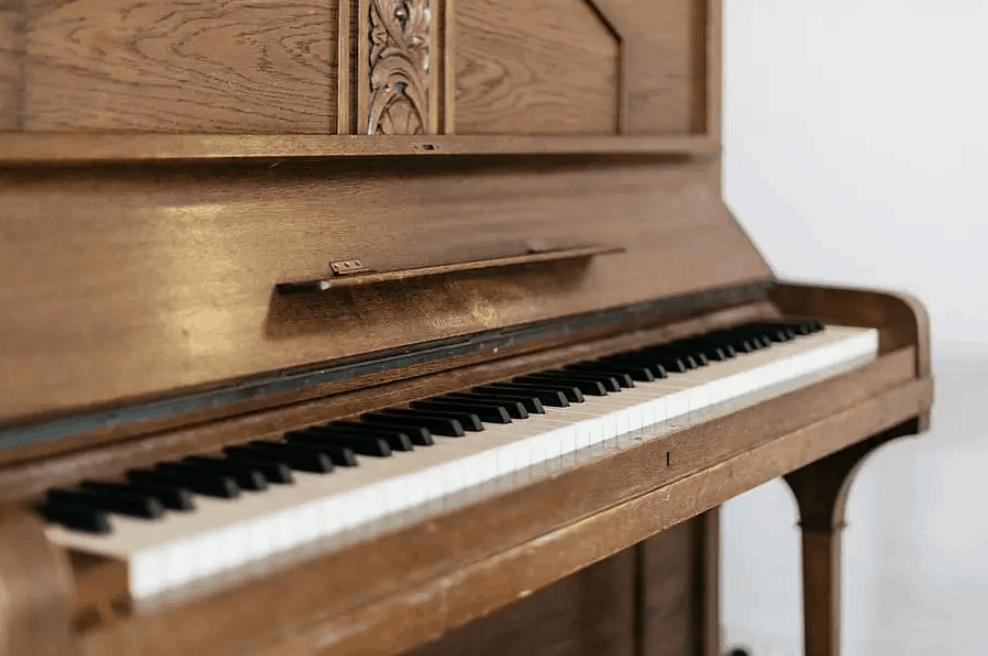

(Incidentally, if you were thinking of buying one, you will need a figure of around $30,000 for a perfectly restored model). Not only did the piano play your music, but its keys also moved correctly to the music, often glass panels illuminated and it made good money for the owner.

The concept behind the nickelodeon piano was simple put a nickel coin into the piano’s slot and it would play you a tune.Īs a piece of entertainment, it was a brilliant invention. They became as famous for these beautiful, mechanical devices as they did for their keyboards. These nickelodeon pianos were the pre-cursor to the jukebox that Wurlitzer also went on to develop and manufacture. One of the more delightful additions to this list is the coin-operated, ‘nickelodeon’ pianos. Keep in mind the Wurlitzer motto at the time was “Everything Musical”, so you can understand the entrepreneurial diversity with which the company approached the market of the time. This included the range of mechanical instruments that were built around the turn of the last century for approximately thirty years. Other pianos featured in the Wurlitzer catalog for which they became equally well-respected and renowned. Many of these instruments have stood the test of time and if you should find one in good condition, you will not be disappointed. This was amusingly called their ‘Wurl-On-Finish’ that made the pianos highly resistant to temperature changes and moisture or dryness in the air. Without embarking on in-depth scrutiny of the engineering of these characteristics, suffice it to say that they were devised to enhance the richness of tone as well as make the playing experience first class.Īn additional selling point to these now historic pianos, both upright and grand, was the durability of their finish. Two other notable features were part of the Wurlitzer models, the ‘pentagonal soundboard’ and ‘tone-crafted hammers’. The design of these instruments was particularly eye-catching and innovative. Wurlitzer produced acoustic pianos from quite early in the company’s history.
#Dimensions of wurlitzer spinet piano movie#
These monumental instruments became the bedrock for many a silent movie soundtrack and assured the name of Wurlitzer a place in the history books. It was not until 1880 that Wurlitzer began to create their instruments with their name on them.īeginning initially with pianos (of the acoustic variety), Wurlitzer soon branched out into orchestrions, player pianos, fairground organs, and possibly more well-known, the Wurlitzer ‘Church’ organ. This venture was relatively successful as the reputation for German instrument quality was firmly established.

Rudolph Wurlitzer began his company in the USA in 1853, not manufacturing instruments but importing them from his country of birth Germany.

The origins of Wurlitzer may be older than you at first imagine. I am not talking about acoustic pianos but the epitome of cool and style in a range of electronic pianos that burst onto the music scene in the mid-1950s and has remained there ever since.īefore plunging into a closer look at Wurlitzer pianos, it may be of interest to you to hear one of the more famous pianos in action in the well-known song by the band Supertramp called ‘The Logical Song’. When the name Wurlitzer appears in print or a dialogue, it usually resonates with a very particular kind of instrument.


 0 kommentar(er)
0 kommentar(er)
